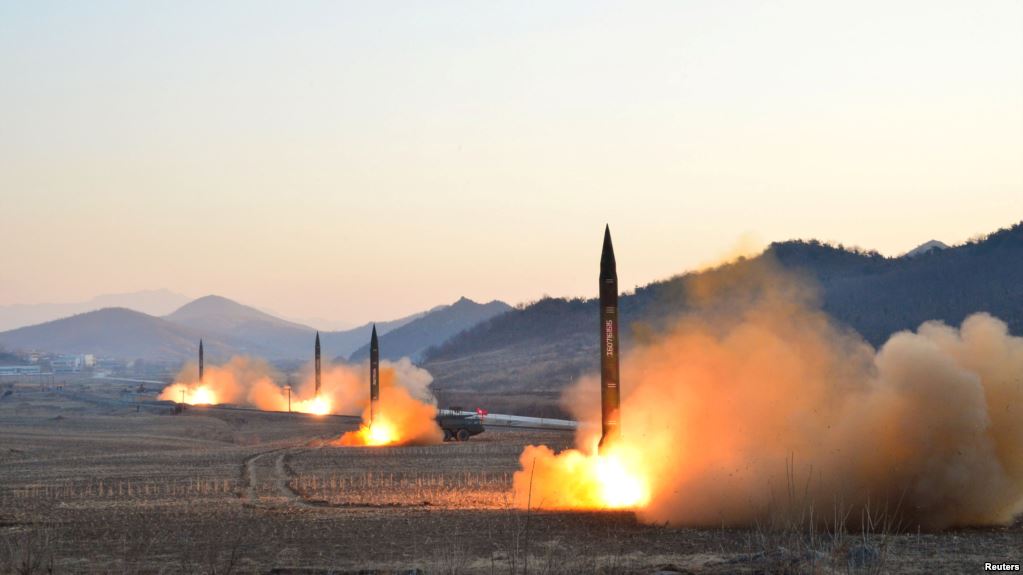
North Korea’s ‘Rocket Man’ top on Trump’s UNGA agenda
The deepening standoff with North Korea and the Iran nuclear accord are expected to top President Donald Trump’s agenda when he delivers his debut address to the United Nations General Assembly session next week. He will meet jointly with the leaders of South Korea and Japan for lunch on Thursday to discuss the looming North Korean threat.
In a tweet on September 17, Mr Trump mocked Kim Jong-un as the “Rocket Man” adding to his long line of inflammatory comments directed at the DPRK chief. He said: “I spoke with president Moon of South Korea last night. Asked him how Rocket Man is doing. Long gas lines forming in North Korea. Too bad!”
The Trump administration is getting increasingly vocal about the possibility of a military action if North Korea does not put a lid on its nuclear programme. The United Nations Security Council adopted a new round of sanctions on North Korea last Monday, reducing gasoline exports and crude oil supplies, in response to the nation’s sixth and largest nuclear weapons test. But the defiant regime responded with a fresh missile launch over Japan on Friday warning sanctions will only further accelerate its nuclear programme.
Speaking to CNN, US ambassador to the United Nations, Nikki Haley, said, “If North Korea keeps on with this reckless behaviour, if the United States has to defend itself or defend its allies in any way, North Korea will be destroyed.”









